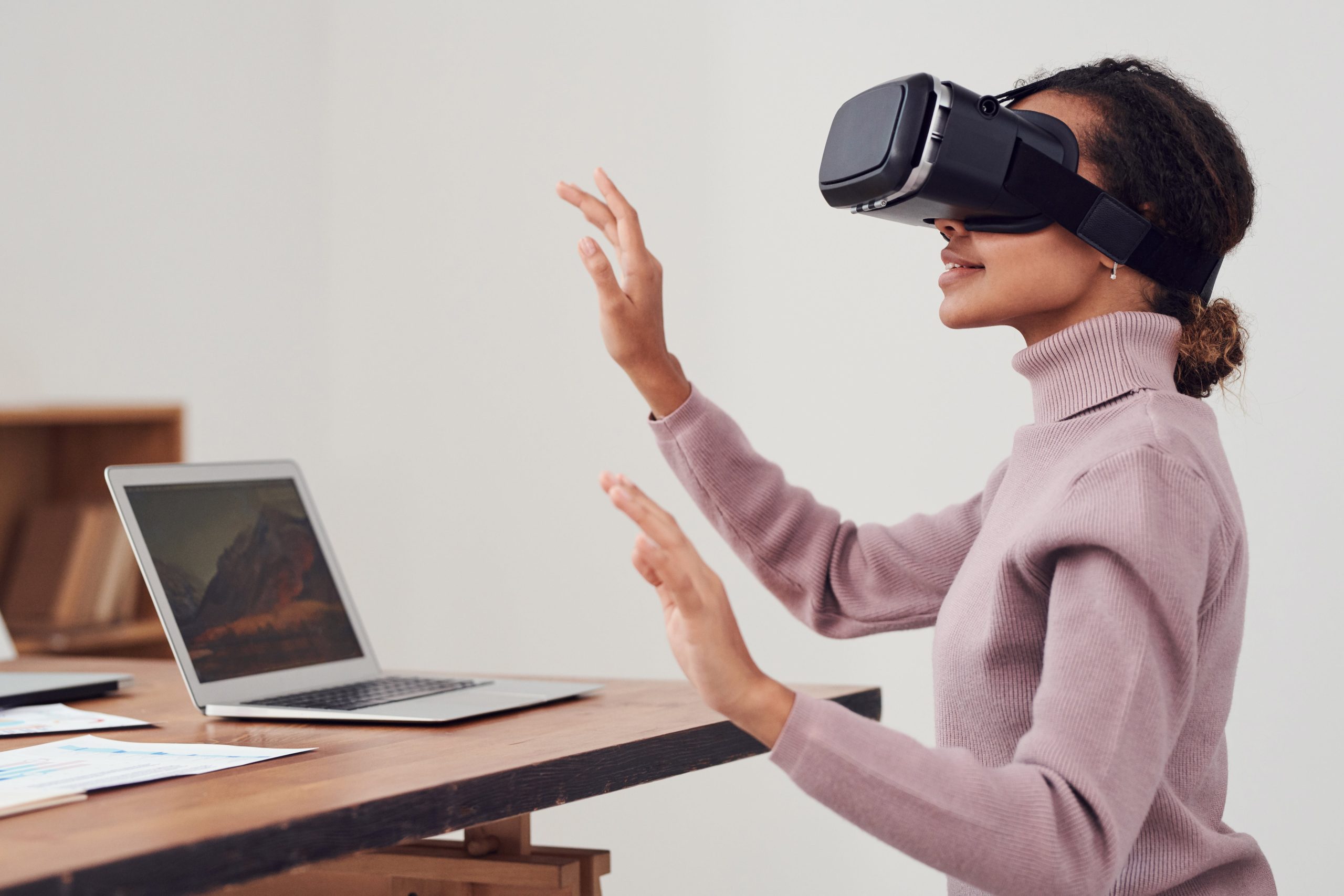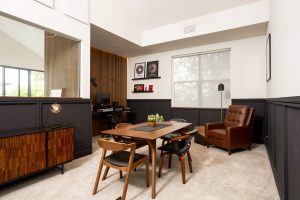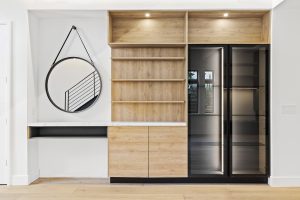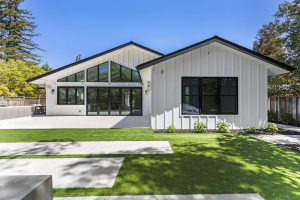
The worlds of Virtual Reality (VR) and Augmented Reality (AR) have been making significant strides in recent years, and their convergence, often referred to as Mixed Reality (MR), is reshaping how professionals in architecture and interior design approach their work. The integration of VR and AR technologies is opening up exciting possibilities for creating, visualizing, and experiencing architectural spaces. In this blog post, we’ll explore how the blending of VR and AR is revolutionizing these industries.
Understanding VR, AR, and Mixed Reality (MR)
Before diving into the integration of VR and AR, it’s essential to understand the distinctions between these technologies:
Virtual Reality (VR): VR immerses users in entirely computer-generated environments. Users wear VR headsets that block out the physical world, replacing it with a virtual one. This technology is ideal for creating immersive and interactive 3D simulations.
Augmented Reality (AR): AR overlays digital content onto the real world, typically viewed through a smartphone or AR glasses. It enhances the physical environment by adding digital information, graphics, or 3D models.
Mixed Reality (MR): MR merges elements of both VR and AR. It allows users to interact with virtual objects in the real world or vice versa, creating a seamless blend of digital and physical experiences.
The Synergy of VR and AR in Architecture and Interior Design
- Design Visualization: The integration of VR and AR provides architects and designers with a comprehensive toolset for design visualization. They can create 3D models in VR and then use AR to overlay these models onto real spaces. This enables professionals and clients to see how design concepts will fit into the physical environment, making design decisions more informed and accurate.
- On-Site Decision Making: For architects and builders, AR glasses can be invaluable on construction sites. They can overlay digital blueprints, schematics, and 3D models onto the actual construction site. This aids in precise placement of structural elements and ensures that the project adheres to the design plans.
- Client Engagement: AR enhances client engagement by allowing them to visualize design concepts in their own homes or spaces. For interior designers, this means clients can use AR apps to see how furniture and decor will look in their living rooms or offices before making purchasing decisions.
- Virtual Prototyping: In architecture, VR and AR can be used for virtual prototyping. Architects can create and test different design iterations in a virtual environment, saving time and resources. They can then use AR to showcase these prototypes in real-world settings for evaluation.
- Interactive Walkthroughs: VR is known for its immersive walkthroughs of architectural designs. By integrating AR, users can seamlessly switch between virtual and real environments during these walkthroughs. This flexibility enhances the understanding of spatial relationships and design concepts.
Real-World Applications
The integration of VR and AR is already making waves in architecture and interior design:
Retail Design: Retail designers use AR to visualize and test store layouts and product placements. It enables them to create optimal shopping experiences for customers.
Furniture and Decor Shopping: Furniture stores and interior designers are using AR apps that allow customers to see how furniture and decor items will look in their own homes. This reduces the uncertainty associated with online furniture shopping.
Real Estate: The real estate industry benefits from VR for virtual property tours, while AR enhances the viewing experience by providing additional information about properties and neighborhoods.
Design Collaboration: Architects and interior designers can collaborate more effectively by sharing VR models and using AR for real-time design reviews and discussions, regardless of their physical locations.
Construction: Contractors use AR for on-site measurements, reducing errors and improving construction accuracy. VR is employed for safety training and simulating complex construction processes.
The Future of VR and AR Integration
As technology continues to advance, the integration of VR and AR in architecture and interior design will only become more sophisticated and accessible. The development of lightweight, comfortable AR glasses and improved VR hardware will make these technologies more practical for everyday use.
Design professionals will increasingly rely on MR to streamline their workflows, enhance client interactions, and improve the accuracy of their designs. Additionally, the use of Artificial Intelligence (AI) in conjunction with VR and AR will enable predictive design insights and simulations.
In conclusion, the integration of Virtual Reality and Augmented Reality is ushering in a new era of innovation and efficiency in architecture and interior design. This fusion of technologies empowers professionals to create, visualize, and interact with designs in ways previously unattainable. As the boundaries between virtual and real worlds blur, the future of these industries looks brighter and more immersive than ever.
Stay tuned for further updates on the evolving landscape of VR, AR, and MR in architecture and interior design, as these technologies continue to shape the way we build and inhabit our spaces.





